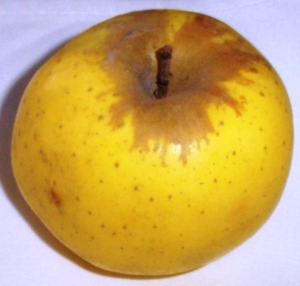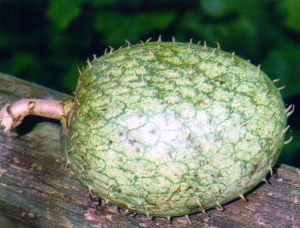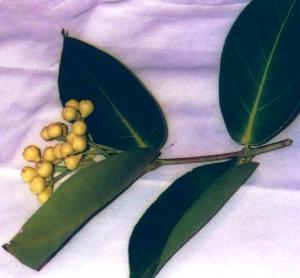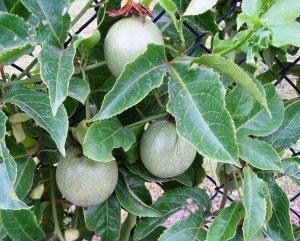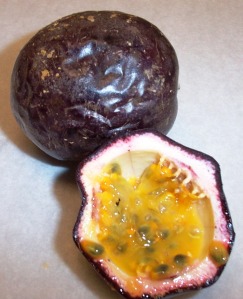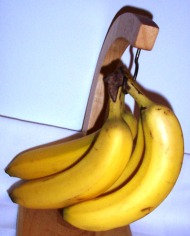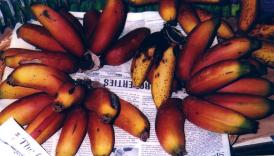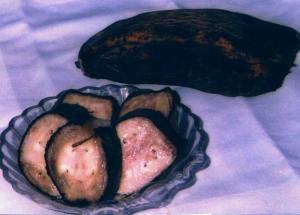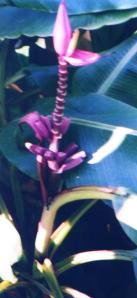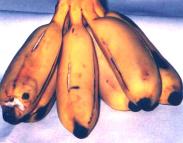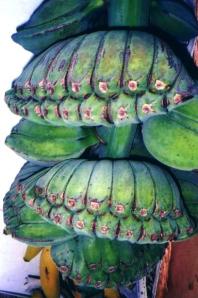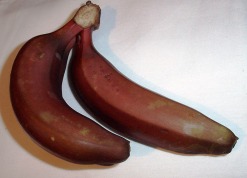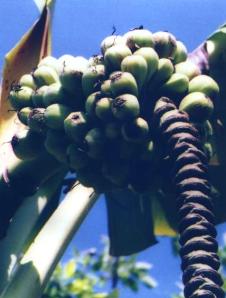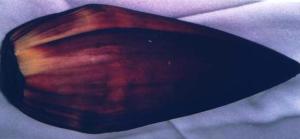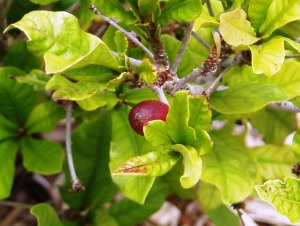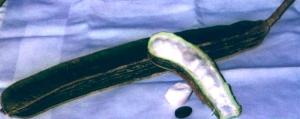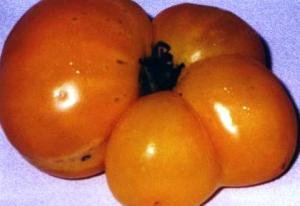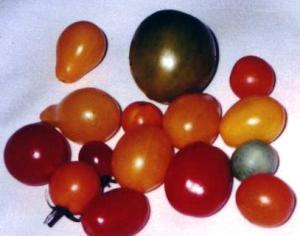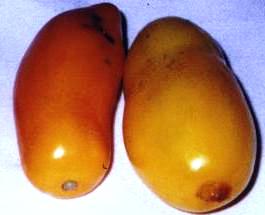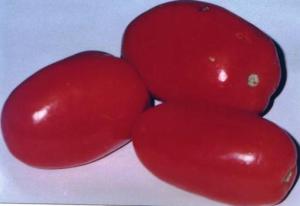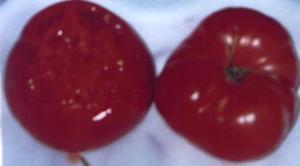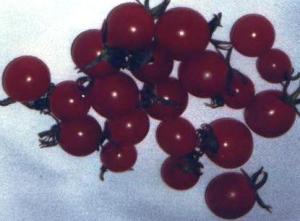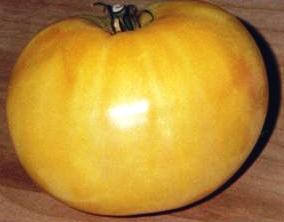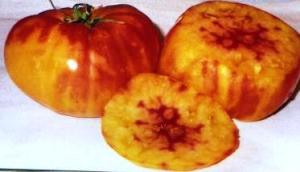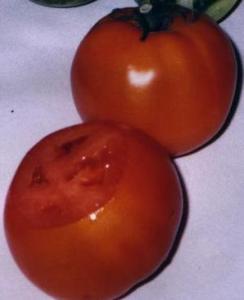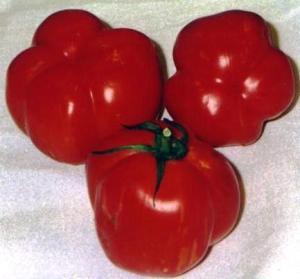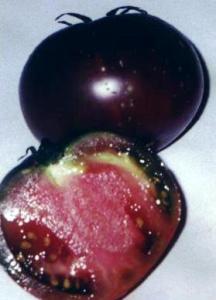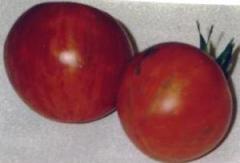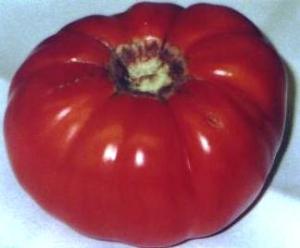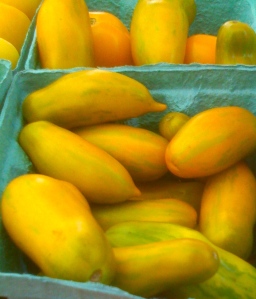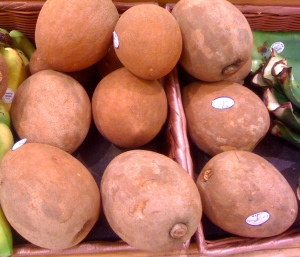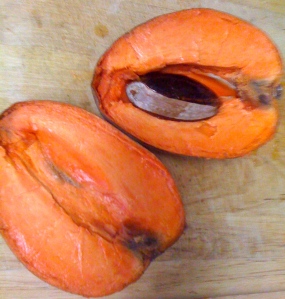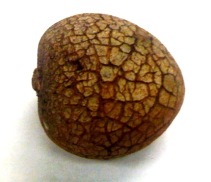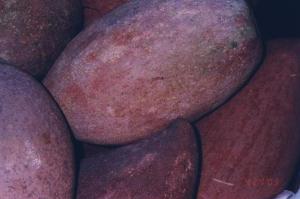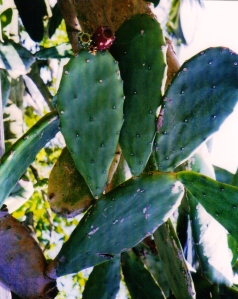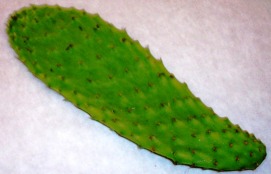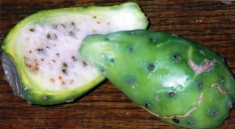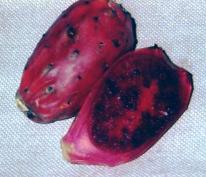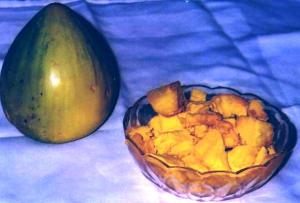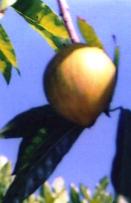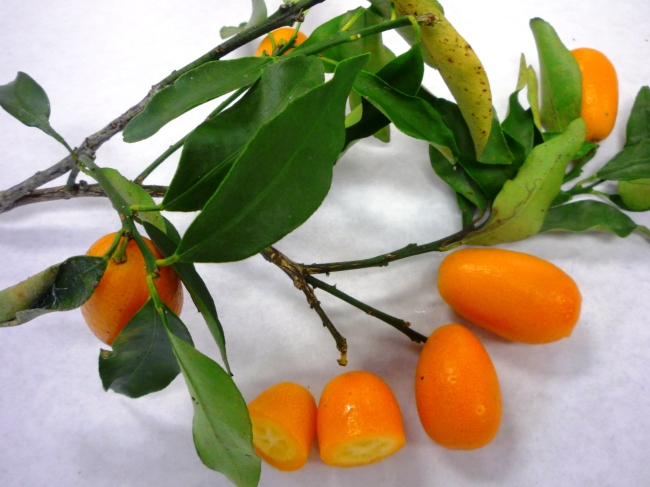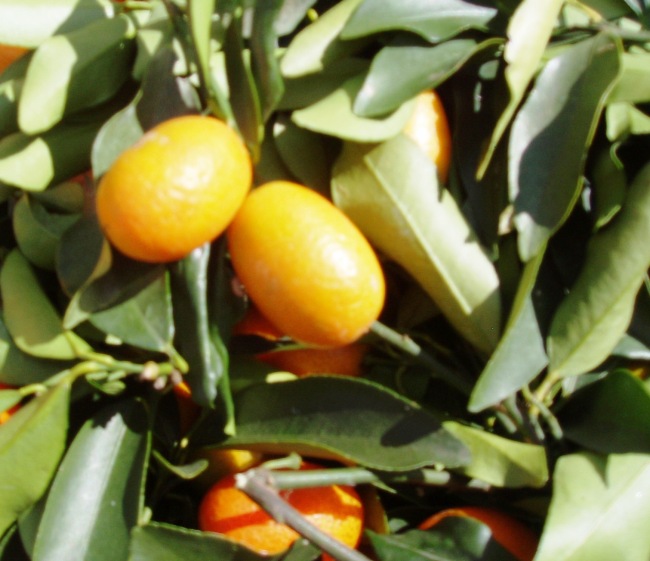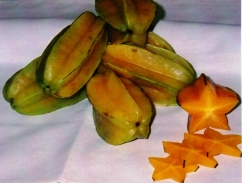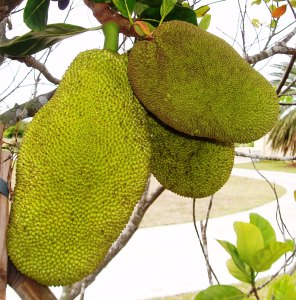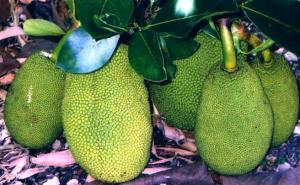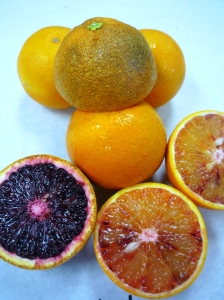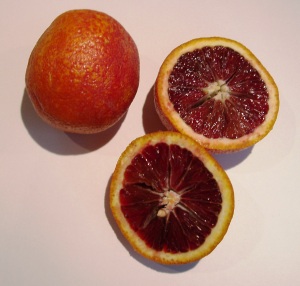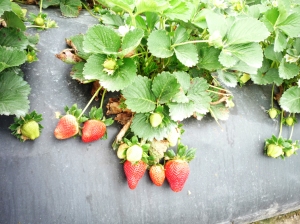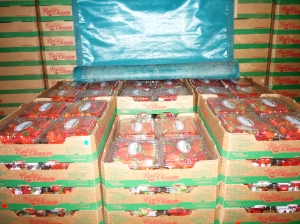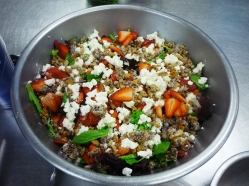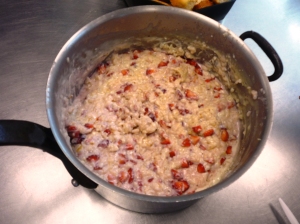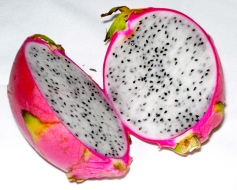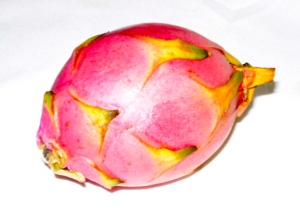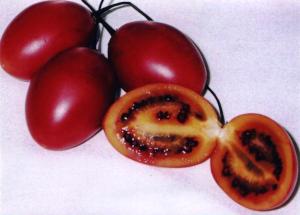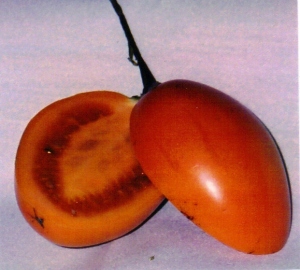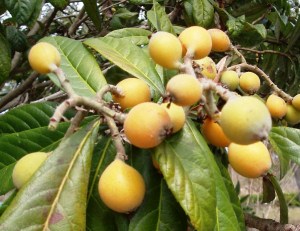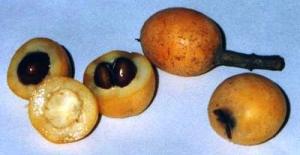Pomegranates

The pomegranate, (punica granatum), is an ancient fruit that is still prized today. The origin of pomegranates is around Persia and Afghanistan. Pomegranates have been in our diets since the beginning of time. Some people believe that they are supposedly the forbidden fruit (one of several possibilities). Pomegranates are depicted in ancient Egyptian art, dating from 16th century B.C. The Egyptians also took the seeds of the pomegranate and fermented their juice to make wine. They were also buried with their dead. They are also mentioned in ancient Sanskrit writings. The prophet Mohammed said pomegranates will purge the body of longing. In the Renaissance, the pomegranate was used as a medicine.
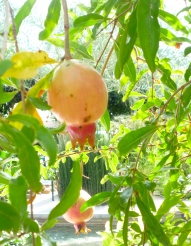
Young pomegranate on the tree
The pomegranate symbolizes many things in many cultures. In Chinese, Persian, Roman, and Hebrew cultures, it represents fertility. This is due to the many seeds a pomegranate bears. In Christian art, the pomegranate symbolizes hope. In Jewish traditions, it is the sign of prosperity.
One legend about the pomegranate goes like this: Persephone was abducted by the god of the dead, and was held in the underworld. In revolt, Persephone’s mother Demeter, the goddess of fertility, and agriculture, freezes growth on Earth until her daughter is returned. In the underworld, Persephone was forced to eat pomegranate seeds. When Persephone is released on a bargaining deal, she agrees to return each year for 1 month per every seed she consumed. This is how the seasons were created: the life on Earth dies or hibernates when Persephone returns to the underworld, and is rejuvenated when she returns.
Today, there are thousands of varieties of pomegranates. The most common varieties are Granda, and Foothill Early. Pomegranates need cold winters, and very hot summers to prosper
 .
.
Immature pomegranate
The Pomegranate looks like an apple with a crown, or like a Christmas ornament. It grown on a tree 20 to 23 feet high. They are harvested 5 to 7 months after flowering. Once they are picked, they will not continue to ripen. The pomegranate consists of a hollow sounding bulb. It is a garnet red, though some varieties are yellow. Inside there is a white, rubbery feeling membrane that is packed with seeds divided into six sections. This white membrane is bitter and inedible. Only the seeds are edible. They have a sweet/ sour taste. Beware though, the seeds will stain. The juice from the seeds of the pomegranate is the base for grenadine.
Pomegranates are high in potassium. They contain vitamin C, panthothenic acid, sodium, niacin. They are high in citric acid, and other organic acids. They can be refrigerated for up to 2 months.
The French word for pomegranate is grenate, or seeded apple. That is where we get the term grenadine. Sometimes pomegranates are also referred to as Chinese Apples.
Look for pomegranates that are as large as an orange, and feel heavy for their size. The skin should be dark red with a uniform surface. One medium-sized pomegranate will yield about 3/4 cups of seeds, or 1/2 cup of juice. Other forms of pomegranates include anardhana, the dried seeds, often sold in ethnic markets, pomegranate juice, pomegranate syrup, and pomegranate molasses.
What Goes With Pomegranates
bananas
blood oranges
chocolate
cream cheese
grapefruit
yogurt
What Goes With Pomegranate Syrup
beef
duck
game
lamb
walnuts
How to Make Pomegranate Juice
Whirl seeds in a blender or food processor, 1 1/2 cups at a time, until liquified. Add water as necessary. Pour through cheeesecloth-lined strainer. Refrigerate for up to five days, or freeze up to six months.
How to Make Homemade Grenadine
In a small saucepan, combine 1 cup pomegranate juice, and 1/2 cup sugar. Bring to a boil over high heat, stirring until the sugar is dissolved; boil for 1 minute. Remove from heat and cool. Cover and refrigerate up to two weeks, or freeze up to 4 months. Make 1 1/4 cups.
Pomegranate Pink Jade
2 cups pomegranate juice
1 1/2 cups very cold orange juice
1 cup plus 2 tbsp chilled vodka
1 1/2 cups chilled sparkling water
ice cubes
In a large glass pitcher, mix pomegranate juice, orange juice and vodka. Add sparkling water just before serving. Pour into 6 chilled glasses over ice cubes. Serves 6.
Pomegranate Black Cat
1 cup cranberry juice cocktail, chilled
3/4 cup cola, chilled
1/4 cup pomegranate syrup, chilled
Combine all ingredients in a pitcher just before serving. Pour over ice. Serve 2.
Pomegranate Pound Cake
3/4 cups sugar
6 tbsp butter or stick margarine
2 large eggs
1 large egg white
3/4 cup low-fat buttermilk
2 tsp grated lime rind
2 tsp vanilla extract
1/2 tsp baking soda
2 1/2 cups all-purpose flour
1/4 tsp salt
3/4 cup pomegranate seeds
cooking spray
Preheat oven to 350ºF. Beat sugar, and butter at medium high-speed of a mixer until well blended. Add eggs, and egg white, one at a time, beating well after each addition. Combine buttermilk, rind, vanilla, and baking soda. Lightly spoon flour into dry measuring cups; level with a knife. Combine flour and salt, stirring well with a whisk. Add flour mixture to sugar mixture alternating with buttermilk mixture, beginning and ending with flour mixture. Fold in pomegranate seeds.
Spoon batter into an 8×4 inch loaf pan that has been coated with cooking spray. Bake at 350ºF for one hour or until a wooden pick in the center comes out clean. Cool in pan 10 minutes on a wire rack; remove from pan. Cool completely on a wire rack. Serve 12.
Rack of Lamb with Pomegranate Glaze
3 cups pomegranate juice
1/2 cup sugar
leaves from 2 to 3 sprigs oregano
2 cloves garlic, peeled and minced
1- eight boned rack of lamb, trimmed
salt and pepper
Cook pomegranate juice and sugar in a medium saucepan over medium high heat, stirring constantly, until a thick syrup forms, 20 to 30 minutes. Remove saucepan from heat and place in a larger pan of hot water to keep syrup warm and liquid.
Preheat oven to 500ºF. Chop oregano leaves into minced garlic as finely as possible to make a paste, then smear it over all surfaces of lamb. Season with salt and pepper, and place on a rack in a roasting pan. Brush lightly with pomegranate syrup, and place in top part of oven, bone side down, for 5 minutes. Lower oven to 375ºF and roast 15 minutes per pound, or until interior temperature reaches 125ºF for medium rare. After first 20 minutes, add some water to bottom of pan, and brush roast with more pomegranate syrup.
Allow meat to rest for 10 minutes before cutting into chops. Mix pan juices into remaining syrup, pour over chops and serve.
Serves 4.
Quail in Pomegranate Sauce
8 quail, rinsed
2 tbsp lard, or butter
3 tbsp extra virgin olive oil
1 medium yellow onion, peeled and chopped
1 tomato, peeled, seeded, and chopped
leaves from 4 sprigs flat leaf parsley, finely chopped
2 cups chicken stock
seeds of 5 pomegranates, about 4 cups
salt and freshly ground black pepper
Pat quail dry with paper towels and tie legs together with kitchen string. Sauté in lard or butter and 2 tbsp oil in a large skillet over medium high heat until browned all over. Remove quail and set aside. Pour off fat.
In the same skillet, cook onions in remaining olive oil over low heat until soft, about 20 minutes. Add tomatoes and parsley; cook 3 minutes longer. Raise heat to medium high, deglaze skillet with stock, and add all but a handful of pomegranate seeds. Reduce heat to low, return quail to skillet, cover and cook till tender, about 15 minutes. Set quail aside; cover to keep warm.
Strain sauce, return to skillet, and reduce for about 30 minutes over medium high heat, to about 1 cup. Season to taste with salt and pepper. Return quail to skillet, swirling them in sauce to heat them, 1 to 2 minutes. Serve garnished with remaining pomegranate seeds.
Serves 4.
Originally Published 12-13-12
© 2012 Chef Jennifer M. Denlinger All rights reserved
Please contact me for permission to use or reference this work.
Please contact me if you wish to receive “Food For Thought” in your mailbox.
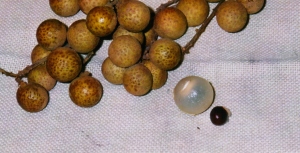
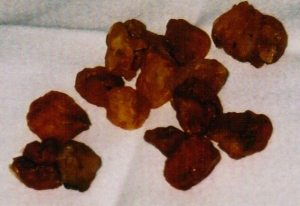

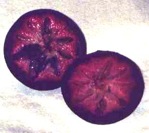
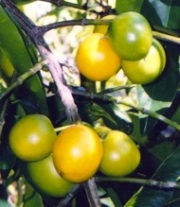
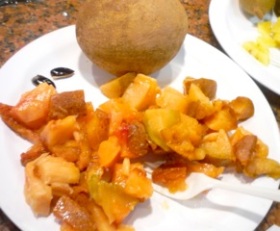

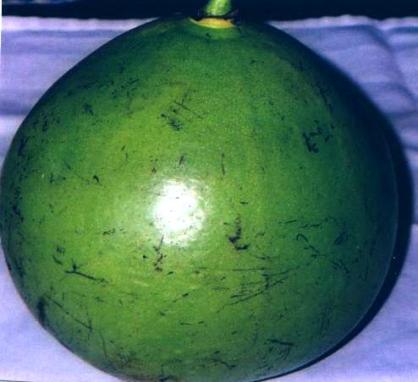


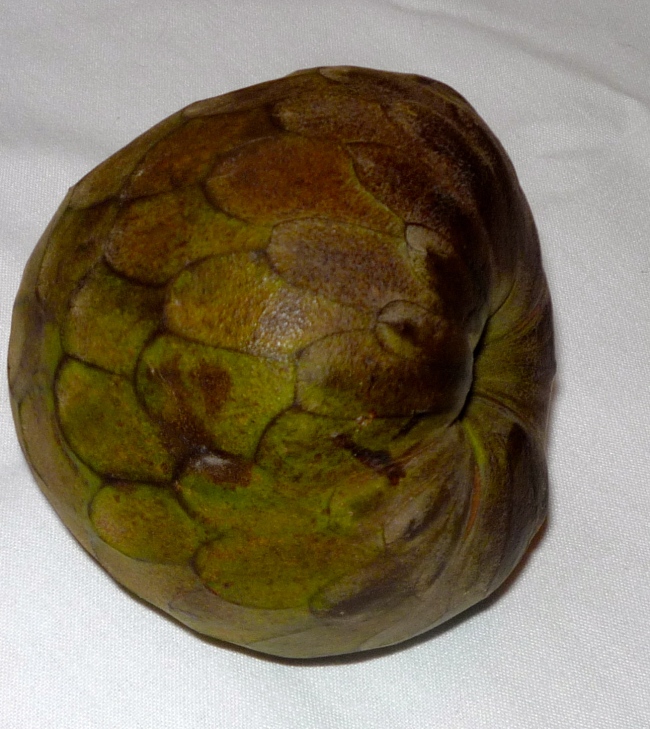


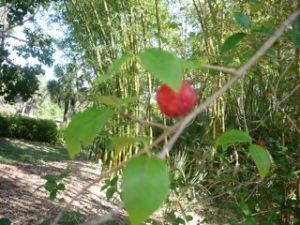
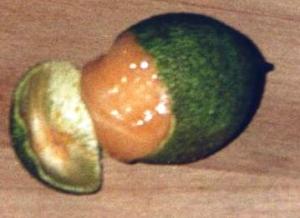



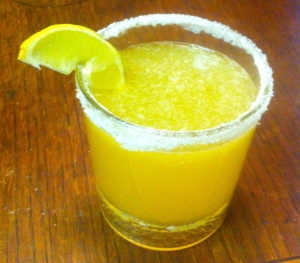
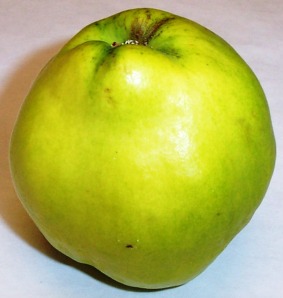



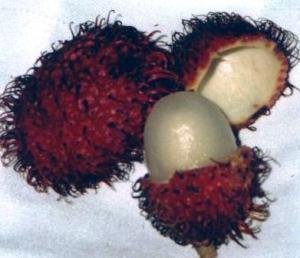

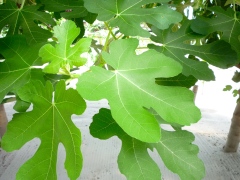
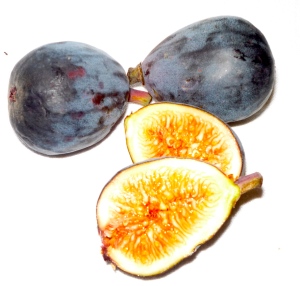
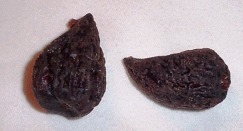

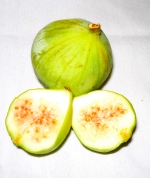

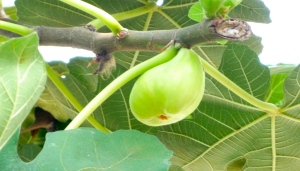
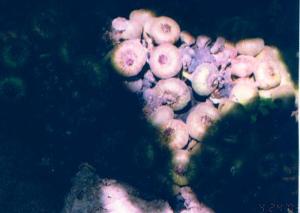
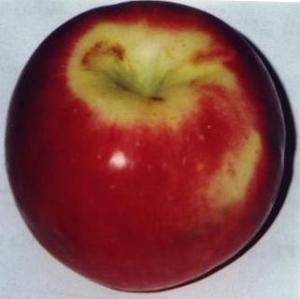 Akane
Akane Arkansas Black
Arkansas Black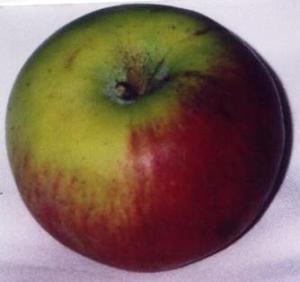 Black Twigg (has a thick fuzzy skin)
Black Twigg (has a thick fuzzy skin)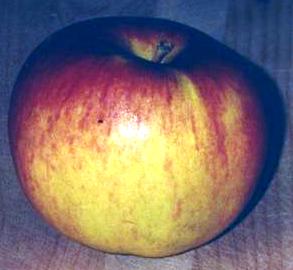
 Cameo
Cameo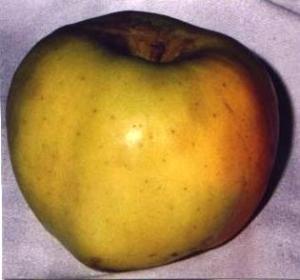 Clayville Blanc
Clayville Blanc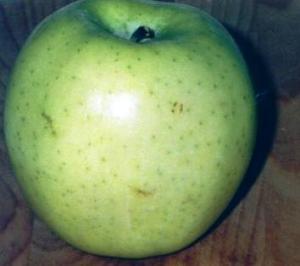 Golden Delicous
Golden Delicous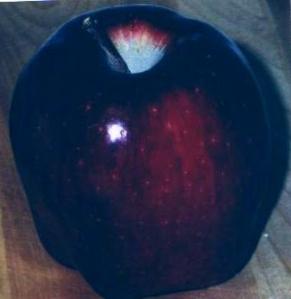 Red Delicous
Red Delicous Early Gift
Early Gift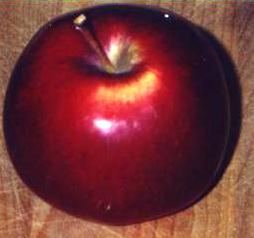 Empire
Empire Fuiji
Fuiji Gala
Gala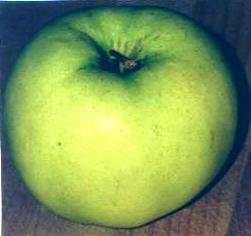 Ginger Gold
Ginger Gold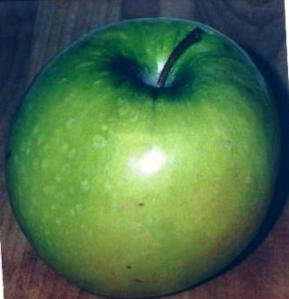 Granny Smith
Granny Smith Red Gravenstein
Red Gravenstein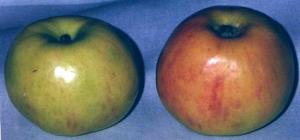 Gravenstein
Gravenstein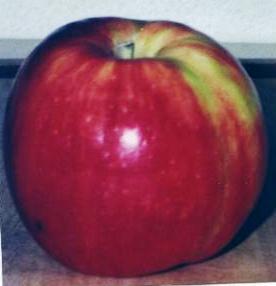 Jonathon
Jonathon McInstosh
McInstosh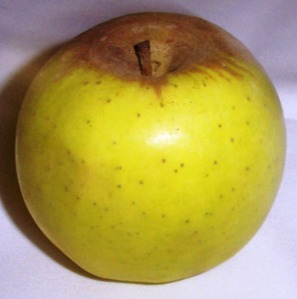 Mutsu
Mutsu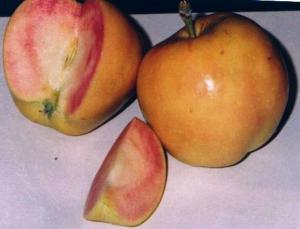 Pink Lady
Pink Lady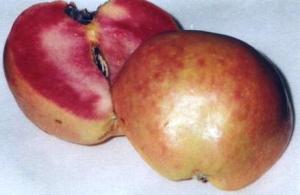 Pink Pearl
Pink Pearl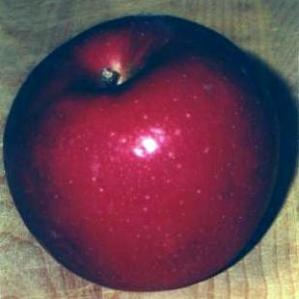 Rome
Rome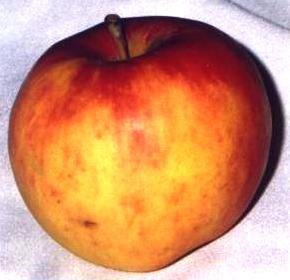 Scott’s Orange Pippin
Scott’s Orange Pippin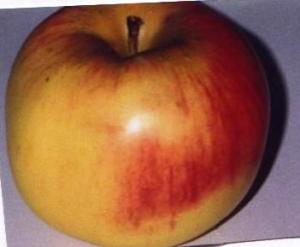 Sierra Beauty
Sierra Beauty